On January 6, 1941, an aging Franklin D. Roosevelt proposed four fundamental freedoms during his State of the Union address: freedom of speech, freedom of worship, freedom from want, and freedom from fear. By articulating national ideals, Roosevelt hoped to generate support for the allied war effort in Europe. The speech described the president’s idealistic sentiments for the country and thus became known as Roosevelt’s “Four Freedoms Speech,” as a result of the iconic nature of these freedoms. The lofty idealism espoused by Roosevelt in his speech would later be mirrored in several paintings done by Norman Rockwell, which attempted to depict each of these four freedoms. Inspired by the patriotic imperative triggered by the involvement of the United States in World War II, Rockwell’s paintings reflect a need to unite in preparation for the upcoming times of strife and struggle. Freedom of Speech, Freedom of Worship, Freedom from Want, and Freedom from Fear were first published in The Saturday Evening Post on February 20, February 27, March 6, and March 13, 1943 respectively, along with commissioned essays from various American writers and historians. The paintings were also distributed to the American public through posters as part of the War Bond Drive, further fueling the proliferation of patriotic sentiments. By giving citizens the opportunity to support the war effort through bonds, the country saw an increase in patriotism and acted as an effective marketing device in summoning support. In addition to this, the paintings were reproduced as postage stamps in 1941, in 1943, in 1946, and in 1994, further exemplifying their ubiquity among the public. West Chester University’s Special Collections owns a poster copy of both Freedom of Speech and Freedom from Fear.
 Freedom of Speech was the first painting in the series The Four Freedoms. Rockwell’s paintings, known for their proclivity to idealize American culture and reflect life as Rockwell envisioned it, spoke with a gentle pathos to the American public. Depicted in Freedom of Speech is a local town meeting in which a lone dissenter can be seen speaking up in opposition to the crowd, thereby exhibiting his freedom of speech. The painting is notable for the dramatic angle presented, highlighting the central figure and distinguishing him from the other members of the town. His attire evinces the idyllic reassurance of blue-collar, middle-class sentiments, as opposed to the older and more formally dressed present at the meeting. One could imagine the central figure as inviting the viewer into the scene, as if they are present at the town meeting. The striking quality of the painting emerges from this use of perspective, as Rockwell had just begun using photography in combination with live models and his own idealistic vision. This painting was accompanied with an essay by Booth Tarkington in The Saturday Evening Post.
Freedom of Speech was the first painting in the series The Four Freedoms. Rockwell’s paintings, known for their proclivity to idealize American culture and reflect life as Rockwell envisioned it, spoke with a gentle pathos to the American public. Depicted in Freedom of Speech is a local town meeting in which a lone dissenter can be seen speaking up in opposition to the crowd, thereby exhibiting his freedom of speech. The painting is notable for the dramatic angle presented, highlighting the central figure and distinguishing him from the other members of the town. His attire evinces the idyllic reassurance of blue-collar, middle-class sentiments, as opposed to the older and more formally dressed present at the meeting. One could imagine the central figure as inviting the viewer into the scene, as if they are present at the town meeting. The striking quality of the painting emerges from this use of perspective, as Rockwell had just begun using photography in combination with live models and his own idealistic vision. This painting was accompanied with an essay by Booth Tarkington in The Saturday Evening Post.
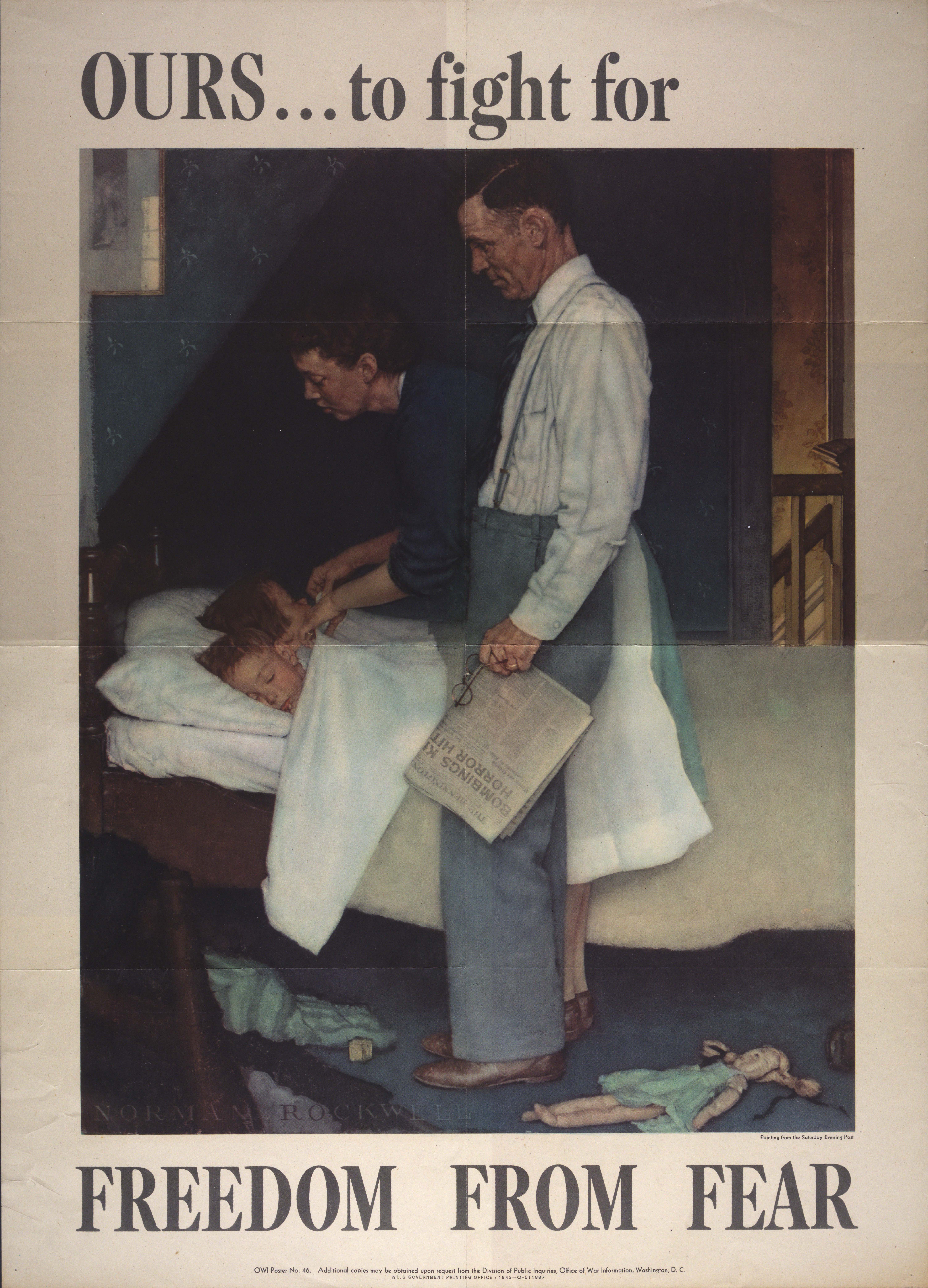 Freedom from Fear depicts an American family tucking their children into bed as the carnage of the Blitz rages on in Europe. The sentimental values of family and unity can be seen in full rhetorical effect, as it depicts a scenario evoking paternal notions. The care and concern seen in the parents can furthermore be projected onto the United States as a whole. Often described as overly intimate, Rockwell himself expressed a disappointment with this painting, preferring Freedom of Speech and Freedom of Worship as the pinnacle of this series. Freedom from Fear was the only one in the series to be created prior to the commissioning of the series. The painting was published in The Saturday Evening Post with an essay by Stephen Vincent Benét.
Freedom from Fear depicts an American family tucking their children into bed as the carnage of the Blitz rages on in Europe. The sentimental values of family and unity can be seen in full rhetorical effect, as it depicts a scenario evoking paternal notions. The care and concern seen in the parents can furthermore be projected onto the United States as a whole. Often described as overly intimate, Rockwell himself expressed a disappointment with this painting, preferring Freedom of Speech and Freedom of Worship as the pinnacle of this series. Freedom from Fear was the only one in the series to be created prior to the commissioning of the series. The painting was published in The Saturday Evening Post with an essay by Stephen Vincent Benét.
Ultimately, Rockwell’s paintings represented the need for tolerance, courtesy, kindness, and political freedoms expressed in Roosevelt’s titular speech. Rockwell’s Four Freedoms paintings appealed to a large audience and were rhetorically successful through his detailed narrative approach. The wholesome and idealized sentiments in these paintings sought to comfort and console a nation during a time of immense strife. A distinctly positive set of paintings, Rockwell was criticized for his elision of misery, such as poverty and other forms of social unrest. Through the influence of these paintings the notions contained in these four freedoms was incorporated into the Atlantic charter, and the charter of the United Nations.
Blog post written by Chadd Heller, Class of 2017. Chadd is an Intern in Special Collections and an English Major and German Minor.

 Born in Calvert, Texas, in 1879, she grew up in New York City and Carthage, Missouri with two sisters. After studying at the University of Missouri, where she was elected to the Kappa Kappa Gamma sorority, she began her teaching career in the Carthage public schools. She traveled around the US and Europe, at some point studying at the University of Geneva.
Born in Calvert, Texas, in 1879, she grew up in New York City and Carthage, Missouri with two sisters. After studying at the University of Missouri, where she was elected to the Kappa Kappa Gamma sorority, she began her teaching career in the Carthage public schools. She traveled around the US and Europe, at some point studying at the University of Geneva. In 1927, she traded her position as Dean of Women for the Chairmanship of the English Department, and continued to provide leadership in that capacity until her retirement in 1944. Although she moved to Oklahoma after her retirement to be closer to her family, she remained connected to West Chester, regularly returning for Alumni Day. In 1960, a new women’s dormitory, McCarthy Hall, located on Sharples Street between High Street and Church Street, was dedicated to her. A portrait of her hung in the Hall. She passed away in 1967 at the age of 88.
In 1927, she traded her position as Dean of Women for the Chairmanship of the English Department, and continued to provide leadership in that capacity until her retirement in 1944. Although she moved to Oklahoma after her retirement to be closer to her family, she remained connected to West Chester, regularly returning for Alumni Day. In 1960, a new women’s dormitory, McCarthy Hall, located on Sharples Street between High Street and Church Street, was dedicated to her. A portrait of her hung in the Hall. She passed away in 1967 at the age of 88.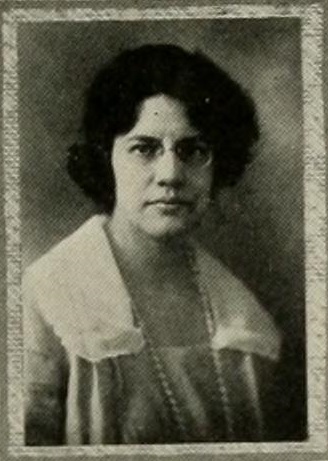 Marion Farnham was born in Boston, Massachusetts on October 27, 1887 to Charles and Maria Farnham. She received her Bachelor of Arts degree from University of Puerto Rico while teaching art classes there. Later she earned a Master of Arts degree from Boston University. She also studied at the Art Student League in New York City, Columbia University, and University of Pennsylvania.
Marion Farnham was born in Boston, Massachusetts on October 27, 1887 to Charles and Maria Farnham. She received her Bachelor of Arts degree from University of Puerto Rico while teaching art classes there. Later she earned a Master of Arts degree from Boston University. She also studied at the Art Student League in New York City, Columbia University, and University of Pennsylvania. State Normal School’s campus appeared on the endpaper of the
State Normal School’s campus appeared on the endpaper of the 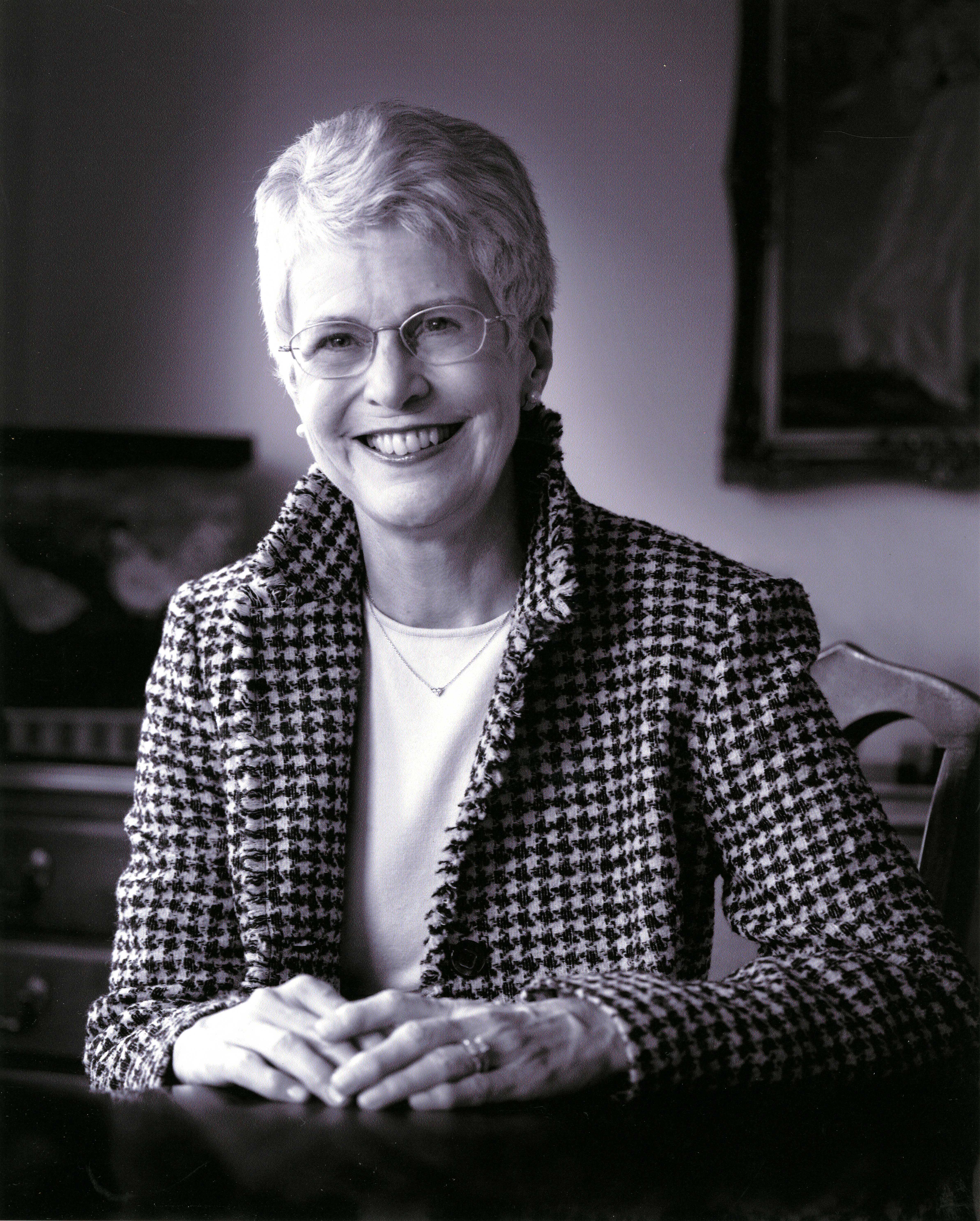 A woman as influential as Madeline Wing Adler is a perfect candidate to recognize during Women’s History Month. Adler has numerous accomplishments under her belt, beginning with her academic career. She received her undergraduate degree in Political Science from Northwestern University where she was the only female in most of her classes. She moved on to earn both her master’s and doctorate degrees in Political Science from the University of Wisconsin-Madison.
A woman as influential as Madeline Wing Adler is a perfect candidate to recognize during Women’s History Month. Adler has numerous accomplishments under her belt, beginning with her academic career. She received her undergraduate degree in Political Science from Northwestern University where she was the only female in most of her classes. She moved on to earn both her master’s and doctorate degrees in Political Science from the University of Wisconsin-Madison.
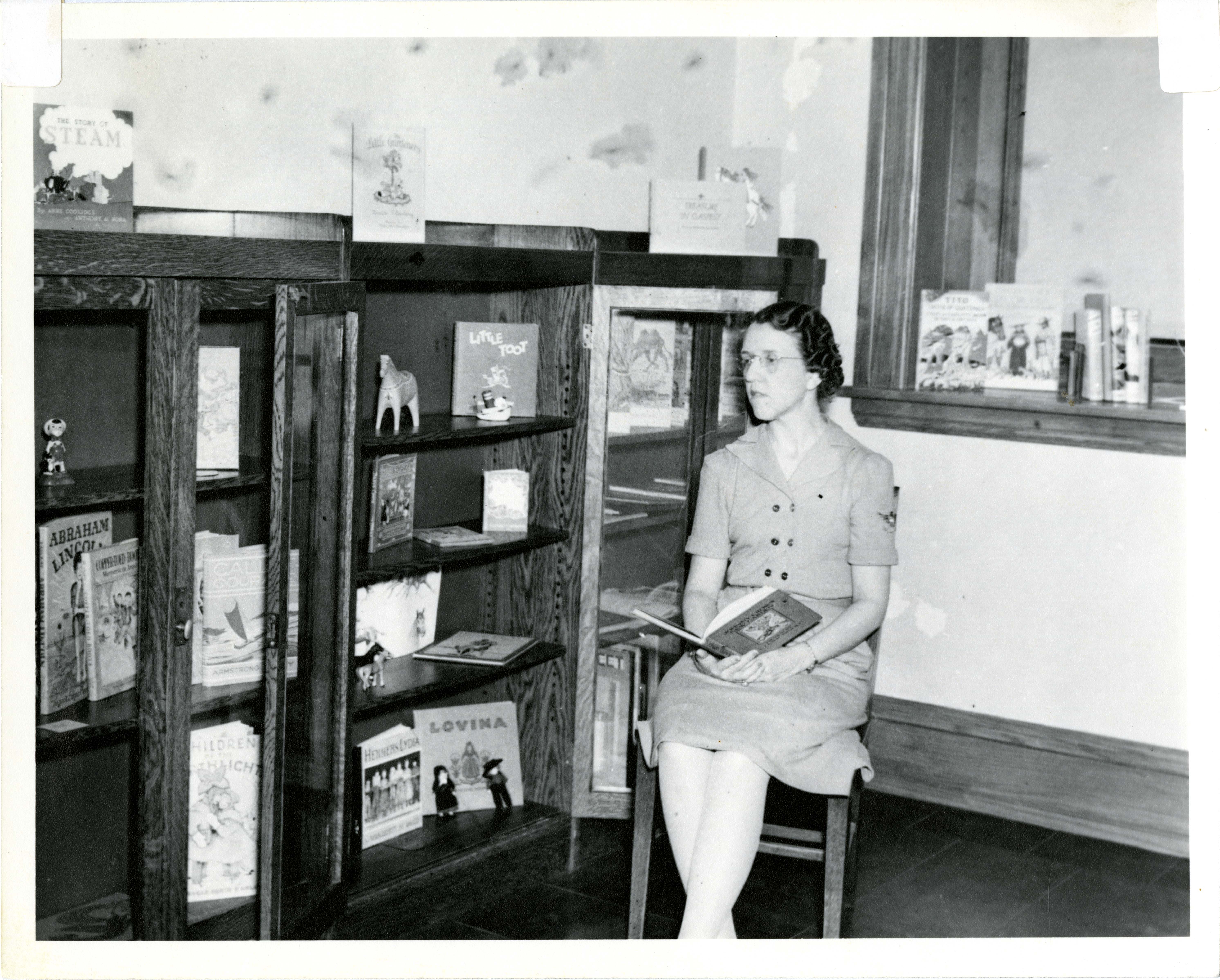 Faye A. Collicott was born in Des Moines, Iowa on February 23, 1902 to Nellie M. Clark Collicott and B.F. Loose. She received her degree in Liberal Arts from Simpson College in Indianola, Iowa and her Library Science Bachelors and Masters Degree from Columbia University. The latter completed while serving as a librarian at West Chester.
Faye A. Collicott was born in Des Moines, Iowa on February 23, 1902 to Nellie M. Clark Collicott and B.F. Loose. She received her degree in Liberal Arts from Simpson College in Indianola, Iowa and her Library Science Bachelors and Masters Degree from Columbia University. The latter completed while serving as a librarian at West Chester.
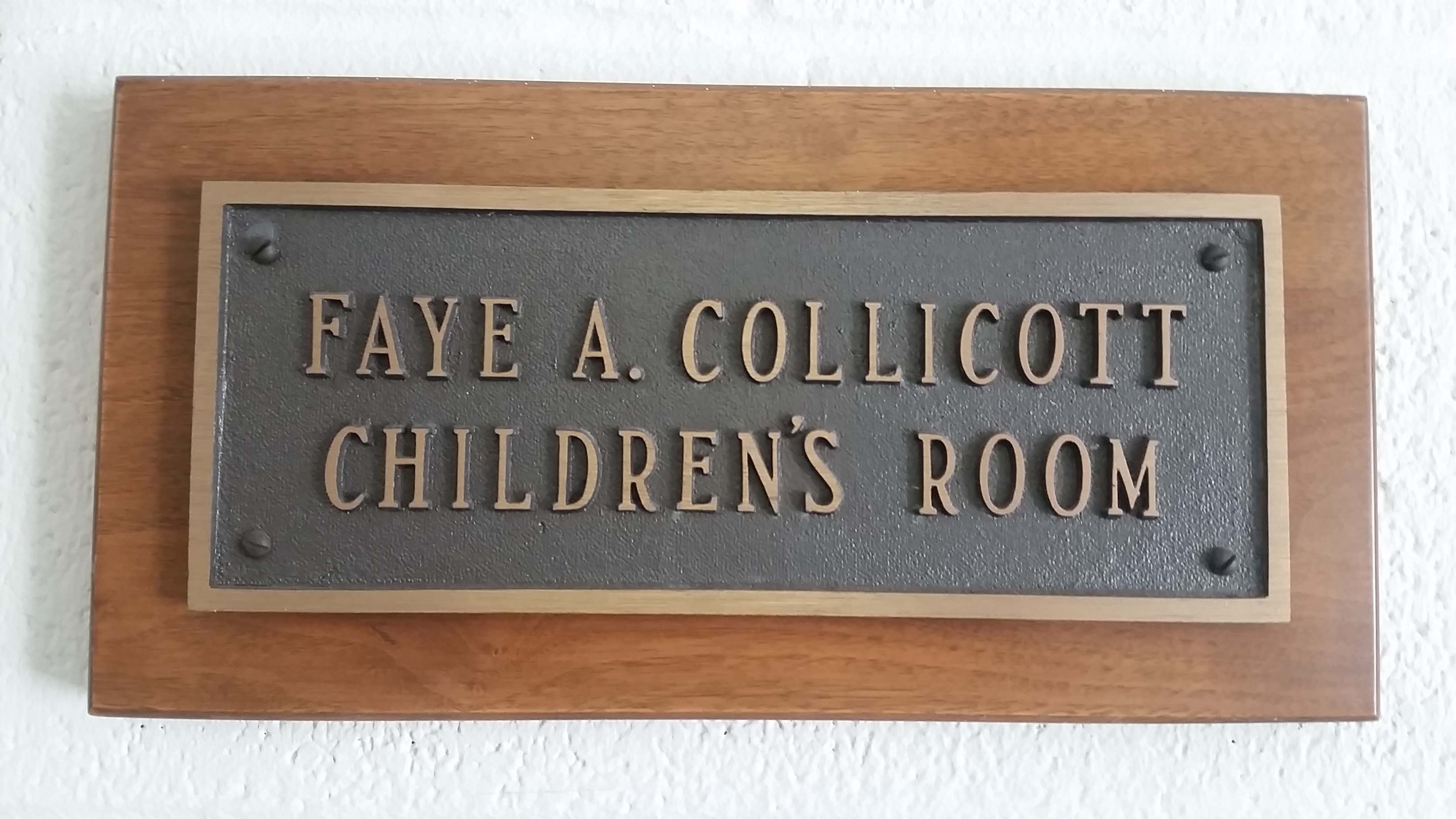
Miss Ramsey was born in New York City on December 29, 1896 to her parents, Rebekah Evans Roberts, and noted artist Milne Ramsey. Miss Ramsey received her Bachelor’s degree (1919), and later her Master’s degree, from the University of Pennsylvania.
She began her teaching career at West Chester State Normal School in 1928 as an English professor. During her 33-year distinguished career at West Chester, Miss Ramsey was the faculty advisor to the student literary magazine, ”The Purple and Gold.” Later, she was the faculty advisor to the new student newspaper, the “Quad Angles,” which is now known as “The Quad.”
Dorothy Ramsey was also very active in the college’s dramatic programs. She wrote, directed, designed, and made costumes for many student shows. She was also a distinguished author, playwright, and poet. Several of her works can be found in the stacks of the Francis Harvey Green Library.
A Shakespearean scholar, in 1952, Professor Ramsey became the curator of the college’s recently acquired Shakespeare Folios. She wrote a very informative guide for the college’s Shakespeare Folios that is still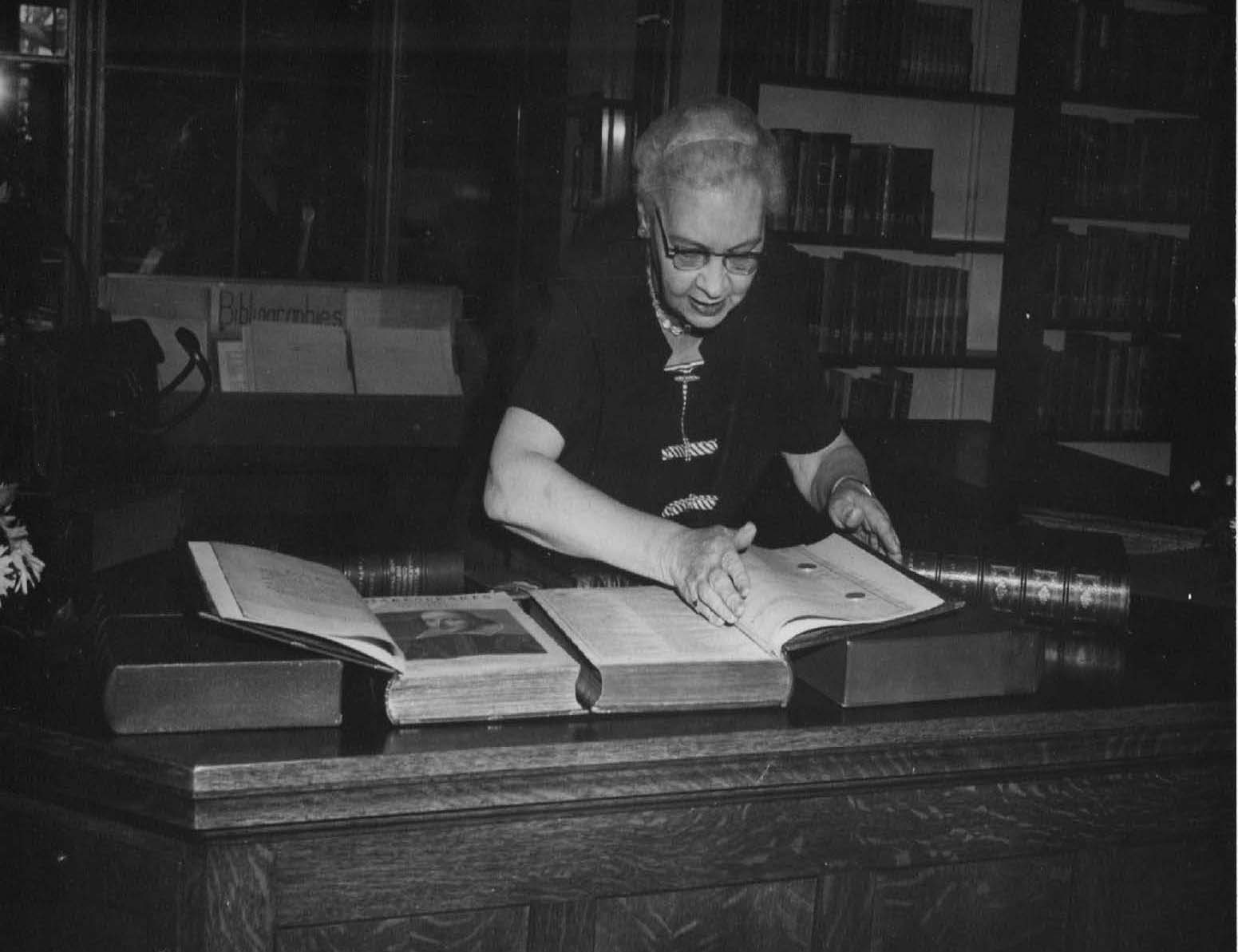 used today.
used today.
1961, Miss Ramsey retired from the college. She was one of the most respected and popular faculty members among colleagues and students alike. In honor of her outstanding work and devotion to West Chester State College, Miss Ramsey was awarded the title Professor Emeritus in 1966.
Dorothy Ramsey died at her home in West Chester on April 30, 1974. Her home was just one block from the dormitory named in her honor.
Her survivors included her adopted daughter, Mary Dietrich.
Blog post written by Neal Kenney, Interlibrary Loan and Special Collections Library Assistant.
Commenting on blog posts requires an account.
Login is required to interact with this comment. Please and try again.
If you do not have an account, Register Now.